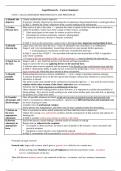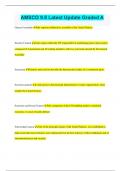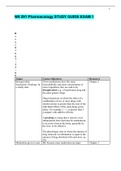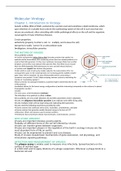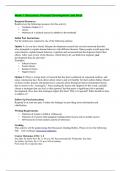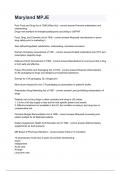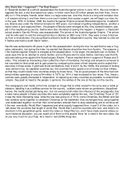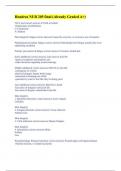Samenvatting
Summary SQE2 Legal Research Course Notes
- Vak
- Instelling
These notes include all relevant material tested in the SQE2 Legal Research exam, information on the assessment criteria and objectives, techniques on how to develop research skills and mock samples of a research report in each of the practice areas tested in the SQE2 exam.
[Meer zien]
